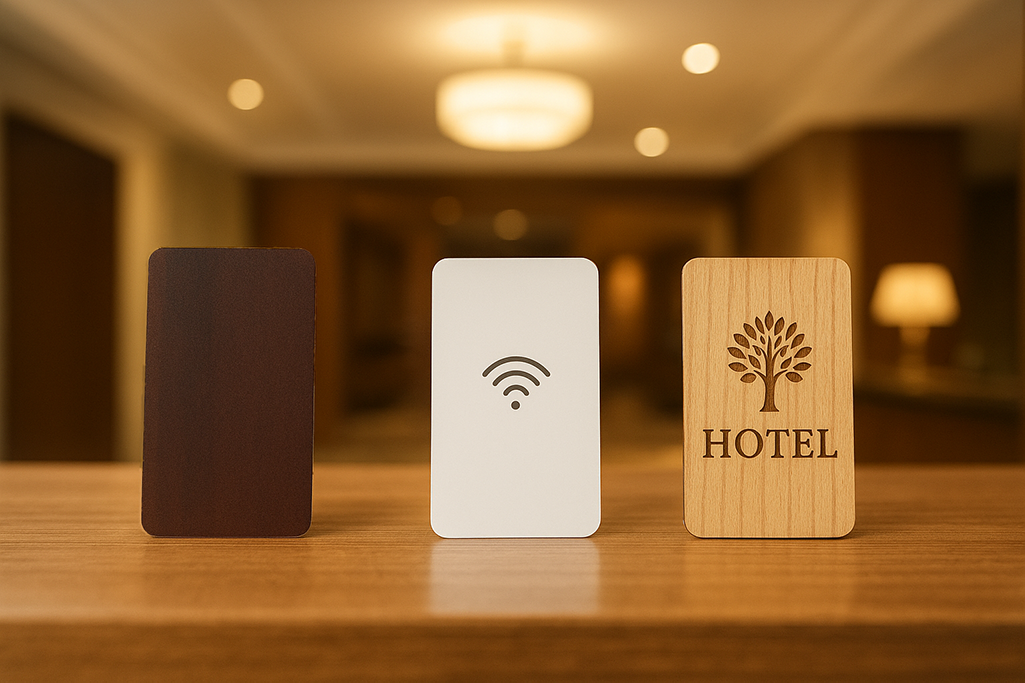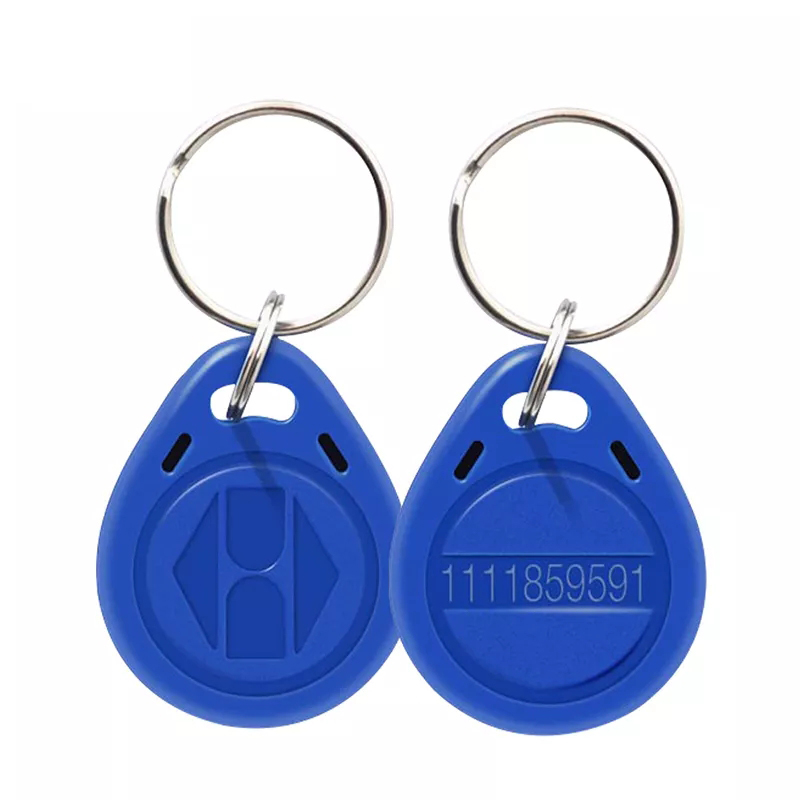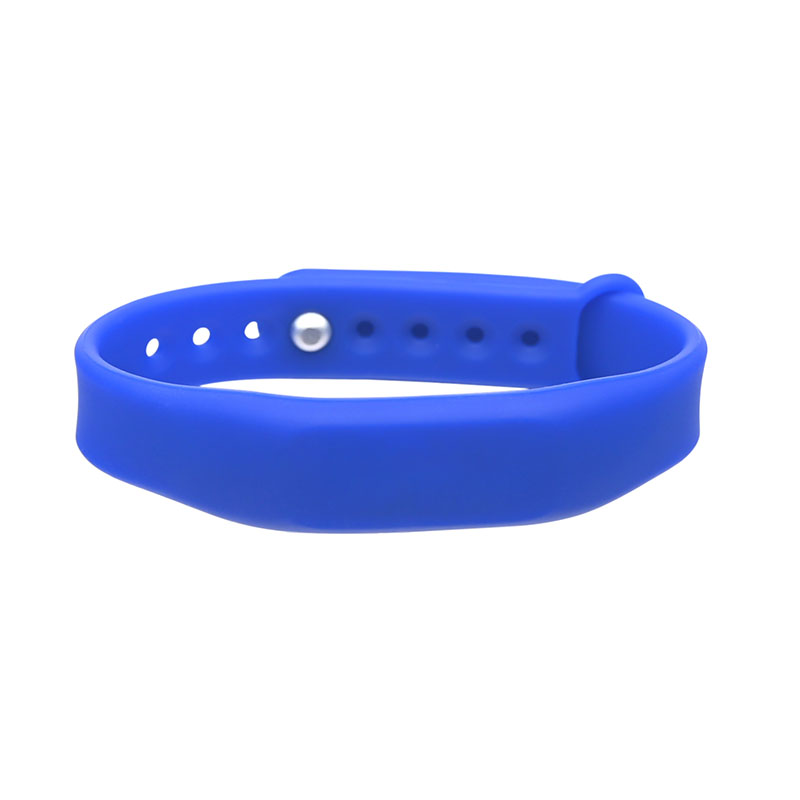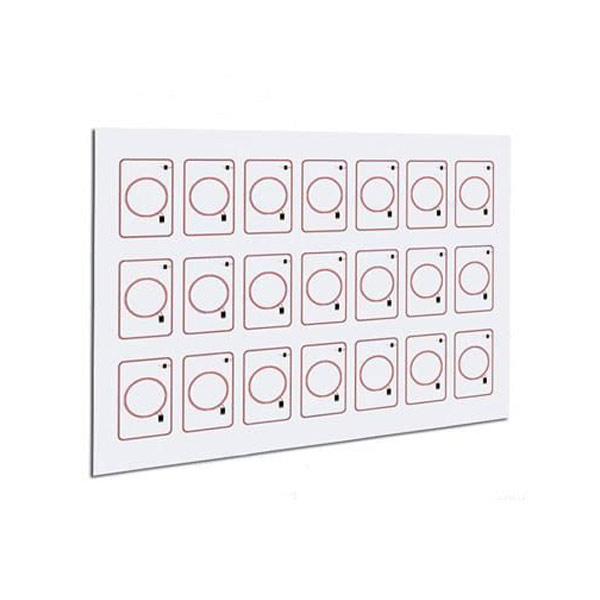
In the competitive world of hospitality, even the smallest details contribute to how guests perceive a hotel’s quality and brand identity. Among these subtle yet powerful details, the humble Hotel Key Card has undergone one of the most remarkable transformations in recent decades. Once merely a tool for access control, it has evolved into a sophisticated component of both hotel security systems and brand storytelling. From the early days of magnetic stripe cards to the rise of contactless RFID Wooden Cards, the journey of the Hotel Key Card mirrors the broader evolution of technology, design, and sustainability within the hospitality industry.
1. The Origins: Magnetic Stripe Cards and the Dawn of Digital Access
The first digital Hotel Key Cards emerged in the late 1970s and early 1980s when hotels began replacing traditional metal Keys with plastic magnetic stripe cards. At the time, this innovation represented a major leap in convenience and security. Instead of re-cutting physical Keys for every new guest, hoteliers could simply reprogram a magnetic card for each check-in.
Magnetic stripe cards relied on encoded information stored in a thin magnetic strip attached to the card’s surface. When inserted into the door reader, the lock system would verify the data and grant access. This method was revolutionary compared to traditional Keys, as it allowed hotels to deactivate lost or stolen cards instantly.
However, the convenience came at a cost. Magnetic stripe cards were prone to wear and demagnetization, often leaving guests locked out of their rooms after placing their cards near a mobile phone or credit card. They were also made of PVC plastic, a non-biodegradable material that contributed to increasing plastic waste. As hotels grew larger and more guests checked in daily, the number of discarded plastic cards became significant—posing both an environmental and logistical concern.
2. The RFID Revolution: Contactless Technology and Enhanced Security
By the late 1990s and early 2000s, the hospitality industry began embracing RFID (Radio Frequency Identification) technology. RFID Hotel Key Cards quickly replaced magnetic stripe cards, offering improved reliability, speed, and security. Instead of swiping or inserting, guests could simply hold their RFID card near a reader to unlock their room. This seamless experience became a defining feature of modern hotels worldwide.
RFID technology works through a microchip and antenna embedded inside the card. When placed near a compatible lock, the card transmits encrypted data that is verified by the system. Compared with magnetic stripes, RFID Key cards are more durable, less prone to physical damage, and capable of supporting advanced access control systems. They also integrate smoothly with property management software (PMS), enabling hotels to track access logs, customize permissions, and improve operational efficiency.
The rise of RFID Hotel Key Cards coincided with growing expectations for convenience and contactless interactions—especially in the post-pandemic era, where touch-free technology became a new standard. Guests increasingly prefer a frictionless experience, from online check-in to digital room entry. RFID cards provided that balance between technology and physical interaction, maintaining the tactile satisfaction of holding a room Key while delivering the efficiency of modern digital systems.
3. The Sustainability Shift: From Plastic to Planet-Friendly Materials
While RFID cards solved many functional problems, one major issue remained: the environmental cost of plastic. Most traditional RFID cards were still made from PVC or PET plastic—materials that take hundreds of years to degrade. With millions of cards discarded every year across the global hotel industry, sustainability became an urgent concern.
This growing awareness coincided with a broader transformation in hospitality. Leading hotel groups such as Marriott, Hilton, and Accor began implementing comprehensive sustainability strategies, focusing on waste reduction, carbon neutrality, and eco-conscious design. The introduction of eco-friendly Hotel Key Cards became a natural extension of these initiatives.
Hotels realized that guests increasingly value sustainability. Studies by major travel platforms show that more than 70% of travelers prefer to stay at environmentally responsible properties. Thus, adopting sustainable hotel solutions—from biodegradable amenities to renewable Key materials—has become both a moral and competitive imperative.
Among all sustainable innovations, one stands out as both elegant and functional: wooden RFID Hotel Key Cards. These cards merge cutting-edge RFID technology with natural, renewable materials, creating a product that is both environmentally responsible and visually distinctive.
Wooden Hotel Key Cards are typically crafted from FSC-certified or reclaimed wood, ensuring the raw materials come from sustainably managed forests. The embedded RFID chip and antenna allow them to function seamlessly with existing RFID hotel lock systems, meaning hotels can upgrade to Wooden Cards without changing their entire access control infrastructure.
But sustainability is only part of their appeal. The natural texture and warm aesthetic of wood convey sophistication, authenticity, and a connection to nature—qualities that resonate deeply with guests seeking meaningful, high-end travel experiences. Boutique hotels, luxury resorts, and eco-lodges are increasingly adopting wooden RFID Key cards to reinforce their brand values and differentiate themselves from competitors.
Furthermore, Wooden Cards can be laser-engraved, UV-printed, or custom-shaped to match a hotel’s brand identity. From minimalist Nordic designs to tropical motifs, the design possibilities are nearly endless. Every card becomes a subtle statement of craftsmanship and care—an item that guests often keep as a souvenir rather than discard.

5. Comparing Plastic vs. Wooden RFID Cards
To understand the advantages of wooden RFID cards, it’s useful to compare them directly with conventional plastic cards:
Feature | Plastic RFID Cards | Wooden RFID Cards |
Material | PVC or PET (synthetic) | FSC-certified wood or bamboo |
Environmental Impact | Non-biodegradable, high carbon footprint | Biodegradable, renewable, eco-friendly |
Durability | Resistant to bending, but prone to scratches | Highly durable with natural resilience |
Aesthetic Appeal | Generic, mass-produced look | Premium, natural, and unique appearance |
Brand Impression | Neutral | Sophisticated, sustainable, memorable |
Customization | Limited to printing | Engraving, embossing, laser cutting, full customization |
End-of-Life | Disposal leads to waste | Can be composted or recycled |
From both a sustainability and branding perspective, the advantages of wooden Hotel Key Cards are clear. They combine the latest RFID hotel technology with a tangible expression of eco-friendly luxury.
6. The Role of Wooden RFID Cards in Sustainable Hospitality
As sustainability becomes central to hotel operations, eco-friendly RFID Wooden Cards serve a dual function: they reduce environmental impact and elevate guest perception. Many hotel brands now treat the Key card not just as a security device but as part of the guest experience—a tactile introduction to the hotel’s values.
When a guest receives a wooden RFID card during check-in, it immediately communicates a message of care, quality, and environmental awareness. This subtle yet powerful gesture reinforces the brand’s authenticity and aligns with guests’ ethical expectations. In marketing terms, the Key card becomes a silent ambassador of the hotel’s identity.
Moreover, wooden RFID cards support broader sustainability certifications such as Green Key, LEED, or EarthCheck, which recognize eco-conscious operations. By reducing single-use plastics and showcasing renewable materials, hotels can demonstrate measurable commitment to sustainable hospitality practices.
Operationally, wooden RFID cards also match or exceed the performance of traditional plastic cards. They are fully compatible with standard RFID systems (such as MIFARE, TEMIC, or HID), waterproofed through natural sealing coatings, and capable of long-term use without warping. This makes them a practical, high-value alternative rather than a mere novelty.
7. Future Outlook: Smart, Sustainable, and Guest-Centric
Looking ahead, the evolution of Hotel Key Cards will continue to intertwine technology with sustainability. While digital mobile Keys are gaining traction through smartphone apps and Bluetooth-enabled locks, physical cards remain indispensable. Not every guest wishes to rely on a mobile device for access, and tangible items like RFID wooden Key cards offer a level of reliability, branding, and sensory experience that digital access cannot replicate.
The next generation of smart Keys is likely to feature hybrid solutions: cards embedded with NFC chips that sync with guest apps, or multi-function access tools integrated into loyalty programs. In all these cases, sustainability will remain a driving factor, ensuring that materials like responsibly sourced wood or bamboo continue to replace plastic in both premium and mainstream hotel segments.
As the hospitality industry embraces this dual pursuit—technological innovation and environmental responsibility—RFID Wooden Cards represent a bridge between modern efficiency and natural simplicity. They symbolize how hotels can operate smartly and sustainably at the same time.
8. Conclusion: A Small Detail with a Big Impact
The story of Hotel Key Cards is more than just a tale of technological progression; it’s a reflection of the hospitality industry’s values. From magnetic stripes to RFID chips, and now to eco-friendly wooden Hotel Key Cards, each phase has brought improvements in security, functionality, and sustainability.
In today’s world, where guests are increasingly conscious of environmental impact, even small gestures like switching to wooden RFID cards can significantly enhance brand reputation. Hotels that adopt these sustainable, beautifully designed cards demonstrate a commitment to innovation and responsibility—two qualities that define the future of hospitality.
If your hotel is seeking a way to combine cutting-edge RFID hotel technology with an authentic, environmentally conscious aesthetic, wooden RFID Hotel Key Cards offer the perfect balance. They are more than just access tools—they are expressions of your brand’s story, values, and dedication to a greener planet.






